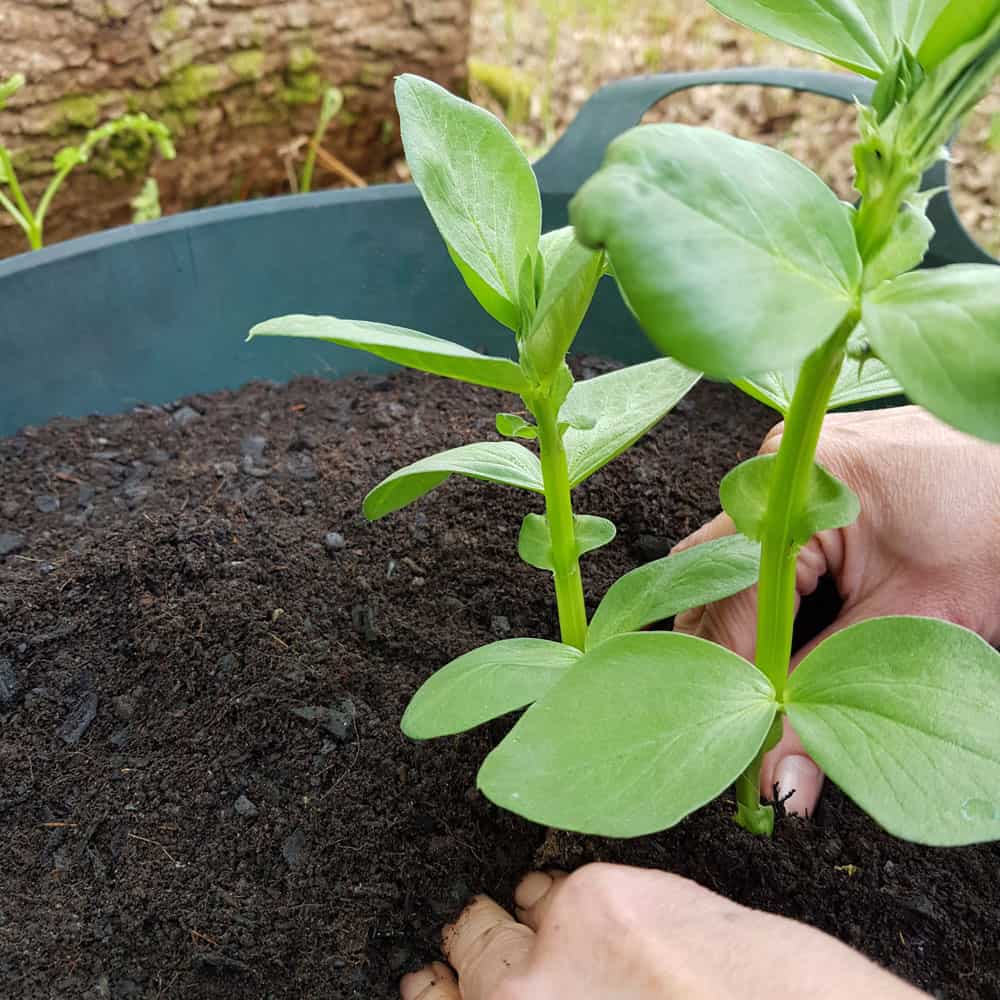Why is biochar good for gardens?

Ever since the discovery of the incredibly fertile ‘terra preta’ soils in the Amazon in the 1980s, biochar has been prodded and probed by science to find out why and how it is so good for long-term soil fertility. The consensus, as so often in the world of scientific research, reveals a simple answer with complication when we investigate more deeply. So, let’s start with the simple answer – surface area.
Surface area
Biochar can be made out of pretty much any organic material (bones, chip, coconut husks, bamboo etc) but here in the UK, it is typically made out of wood.
When wood is subjected to pyrolysis (ie heating, burning, and then shutting off the oxygen before it is completely burned) it leaves the wood pretty much physically intact but consisting mainly of carbon. This means that all the intricate channels and vessels that transported water and nutrients to the tree when it was alive are also still intact – effectively creating a vast network of pores and channels, which results in a huge surface area.
Insert photo
When used in the garden, it is this microscopic labyrinth of holes and tunnels in the biochar that provides a home to a vast array of micro-organisms, fungi, and nutrients in the soil, which helps to create more fertile and healthy soil. It also serves as a ‘water buffer’ soaking up water in wet periods and releasing it in dry periods, making the soil (and plants) more flood and drought resilient.
All biochars are not the same
When we delve a bit deeper into the science, it seems that the right size and structure of the microscopic pores is key to creating the right ‘home’ for the micro-organisms.
Biochar derived from wood tends to keep its structure and create the correct pore sizes, whereas biochar derived from materials such as straw or coconut shells may not be as good. It seems that the correct size of pore allows microbes to live there and also be protected from predators.
At the same time, the walls of the microscopic pores chemically ‘soak up’ nutrients and allow the microbes to feed on these nutrients – this process is ongoing and is thought to be highly beneficial to microbe populations and therefore to soil health.
What’s more, biochar is not broken down in the soil like most organic matter so its stays in the soil for decades, possibly hundreds of years.
Radio 4 and ’39 ways to save the planet’
If like me you’re fascinated by biochar, this episode of the excellent series is a super-interesting delve into biochar’s benefits and how it can play a key role in climate change and improving soil health.
They focus on its ability to take CO2 out of the atmosphere and lock it up in the soil, how this builds permanently healthier soils, and its positive impact on crop yields. It’s well worth a listen.
